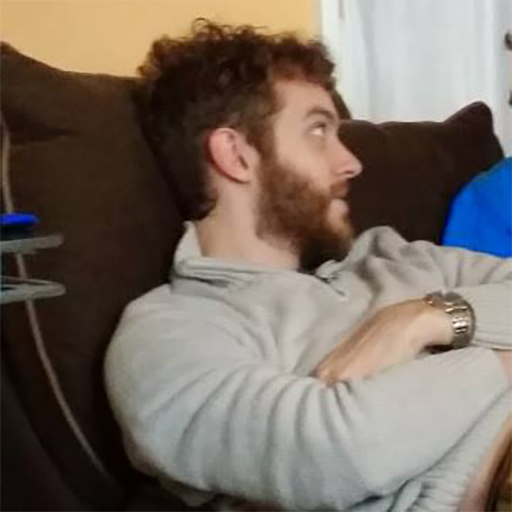I am salivating over the Frame. I was blown away by consumer VR when it came to market 10 years ago. I had access to an Oculus Quest (pre-Meta) and an HTC Vive at my job. They were both impressive from a technological standpoint and super fun to use.
A mere two years later, the Oculus Quest 1 arrived and I bought one immediately. Basically the full VR experience but entirely wireless. Again, I was blown away from a sheer technical standpoint. But I loathed the headset being tied to Facebook/Meta and their walled garden. It soured the entire experience for me, and it quickly began collecting dust. Even though I could stream PC games to the Quest with FOSS third party apps like ALVR, there was still the privacy aspect of “six cameras controlled by Mark Zuckerberg are looking wherever I’m looking in my house”. No thanks.
The Steam Frame looks like it could reignite my interest in the VR space. I’m honestly surprised Valve has continued to invest R&D into VR well after the hype died. I’m glad they did, because the Frame looks pretty sweet so far.













This picture has been floating around the internet for ages. I dunno if it’s entirely accurate, but it suggests Nutella is primarily palm oil and sugar. With hazelnuts and cocoa making guest appearances
Don’t get me wrong, though. The stuff’s addictive.